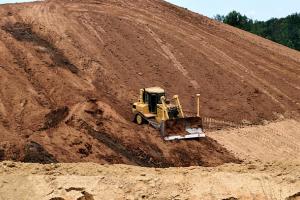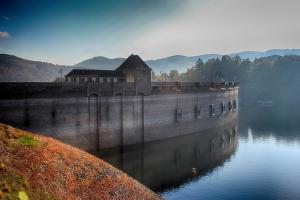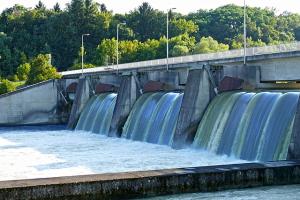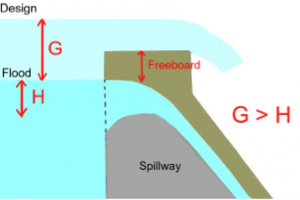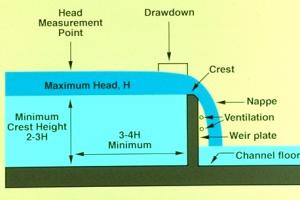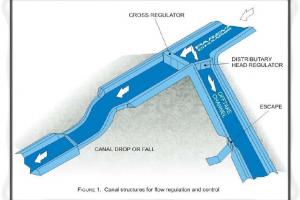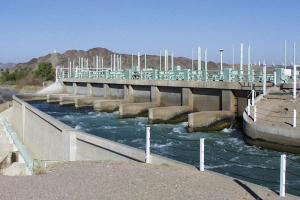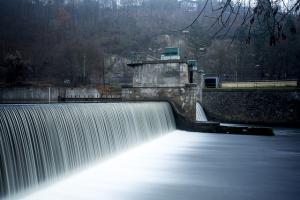Causes of failure of Weirs & their Remedies
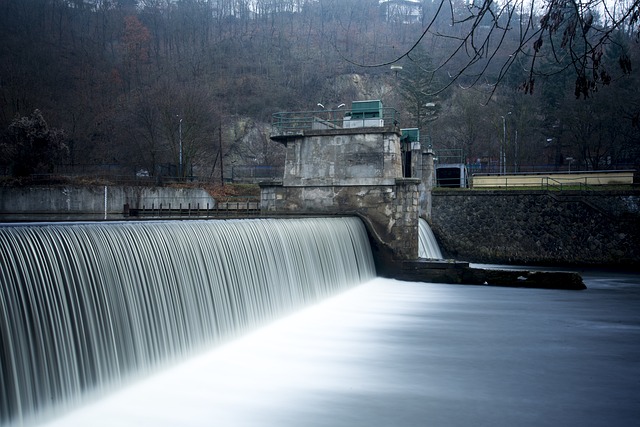
Common causes of failure of weirs include:
- Excessive and progressive downstream erosion, both from within the stream and through lateral erosion of the banks
- Erosion of inadequately protected abutments
- Hydraulic removal of fines and other support material from downstream protection (gabions and aprons) resulting in erosion of the apron protection
- Deterioration of the cutoff and subsequent loss of containment
- Additional aspects specific to concrete, rockfill or steel structures.
The main causes are:
1. Piping
Piping is caused by groundwater seeping out of the bank face. Grains are detached and entrained by the seepage flow and may be transported away from the bank face by surface runoff generated by the seepage, if there is sufficient volume of flow. The exit gradient of water seeping under the base of the weir at the downstream end may exceed a certain critical value of soil. As a result the surface soil starts boiling and is washed away by percolating water. The progressive erosion backwash at the upstream results in the formation of channel (pipe) underneath the floor of weir.
Since there is always a differential head between upstream & downstream, water is constantly moving form upstream to downstream from under the base of weir. However, if the hydraulic gradient becomes big, greater than the critical value, then at the point of existence of water at the downstream end, it begins to dislodge the soil particles and carry them away. In due course, when this erosion continues, a sort of pipe or channel is formed within the floor through which more particles are transported downstream which can bring about failure of weir.
Piping is especially likely in high banks backed by the valley side, a terrace, or some other high ground. In these locations the high head of water can cause large seepage pressures to occur. Evidence includes: Pronounced seep lines, especially along sand layers or lenses in the bank; pipe shaped cavities in the bank; notches in the bank associated with seepage zones and layers; run-out deposits of eroded material on the lower bank.
Remedies:
- Decrease Hydraulic gradient i.e. increase path of percolation by providing sufficient length of impervious floor
- Providing curtains or piles at both upstream and downstream
2. Rupture of floor due to uplift:
If the weight of the floor is insufficient to resist the uplift pressure, the floor may burst. This bursting of the floor reduces the effective length of the impervious floor, which will resulting increasing exit gradient, and can cause failure of the weir.
Remedies:
- Providing impervious floor of sufficient length of appropriate thickness.
- Pile at upstream to reduce uplift pressure downstream
3. Rupture of floor due to suction caused by standing waves
Hydraulic jump formed at the downstream of water
Remedies:
- Additional thickness
- Floor thickness in one concrete mass
4. Scour on the upstream and downstream of the weir
Occurs du to contraction of natural water way.
Remedies:
- Piles at greater depth than scour level
- Launching aprons:
Stones of aprons may settle in the scour hole.



